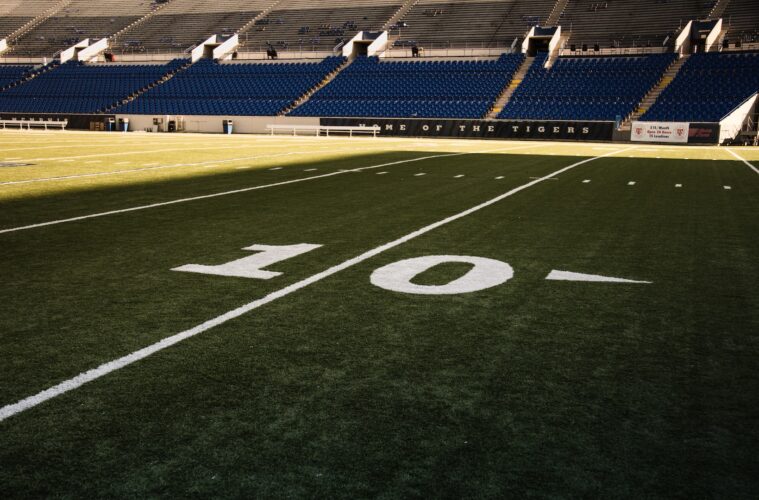The excitement of attending an NFL game, with its electric atmosphere and the thrill of watching professional athletes compete at the highest level, is undeniable. However, the rising costs associated with attending an NFL game have become a significant deterrent for many students, leading them to turn their attention to college football as a more budget-friendly alternative.
Ticket prices
According to a study done by Betting NJ, one of the primary factors contributing to the escalating costs of attending an NFL game is the price of tickets. NFL ticket prices have seen a steady increase over the years, driven by factors such as player salaries, stadium renovations, and the overall demand for an in-person experience. For students already grappling with the financial constraints of tuition, textbooks, and living expenses, the expense of a single NFL ticket can be a substantial burden.
Moreover, the idea of prime seating locations in NFL stadiums comes with an even higher price tag. Student life often comes with budget constraints and thus they may find it challenging to justify the cost of premium seats when compared to the more affordable options available for college football games. The desire for a closer view of the action must be weighed against the economic realities faced by many students.
Food and drinks priced expensively before inflation
Concessions at NFL stadiums also contribute significantly to the overall cost of attending a game. The price of food and beverages within the stadium can be exorbitant, prompting students to carefully consider whether the experience of stadium cuisine is worth the strain on their wallets. College football, with its more modest concessions pricing, offers a more budget-friendly option for students looking to enjoy the game without breaking the bank.
While teams such as the Atlanta Falcons have been undertaking steady initiatives to combat this problem by experimenting with ways to increase concession sales to offset a lower pricing model, it has not caught on nationwide and remains a big part of why the NFL is by far the more expensive alternative.
Miscellaneous costs continue to be an issue
Transportation is another economic hurdle for students contemplating attending an NFL game. Whether it’s the cost of gas, parking fees, or public transportation fares, getting to and from the stadium can add a considerable expense to the overall game day budget. College football, often played on or near campuses, provides a more accessible and cost-effective alternative for students who may not have the resources for long-distance travel.
Merchandise is a tempting aspect of the game day experience, with fans eager to show their support for their favorite teams through jerseys, hats, and other gear. However, the costs of official NFL merchandise can be prohibitive for students. College football, on the other hand, offers a more affordable array of options, allowing students to showcase their team spirit without straining their finances.
Why college football has become the go-to alternative
Lodging becomes a consideration for students interested in attending an away NFL game. Traveling to different cities to support a favorite team on the road adds an additional layer of cost, including hotel accommodations and possibly extra meals. College football, often rooted in a sense of community, allows students to experience the excitement of game day without the need for extensive travel. Most people do not need to travel further than just outside of their campus to take part in a game.
The rising costs associated with attending NFL games have led many students to turn their attention to college football. The more affordable ticket prices, concessions, and merchandise, coupled with the convenience of on-campus locations, make college football an attractive alternative for students seeking an authentic and budget-friendly football experience.
As college football continues to thrive as a more cost-effective alternative, the NFL may need to address these economic barriers to ensure that the next generation of fans remains engaged with the sport at its highest level.





